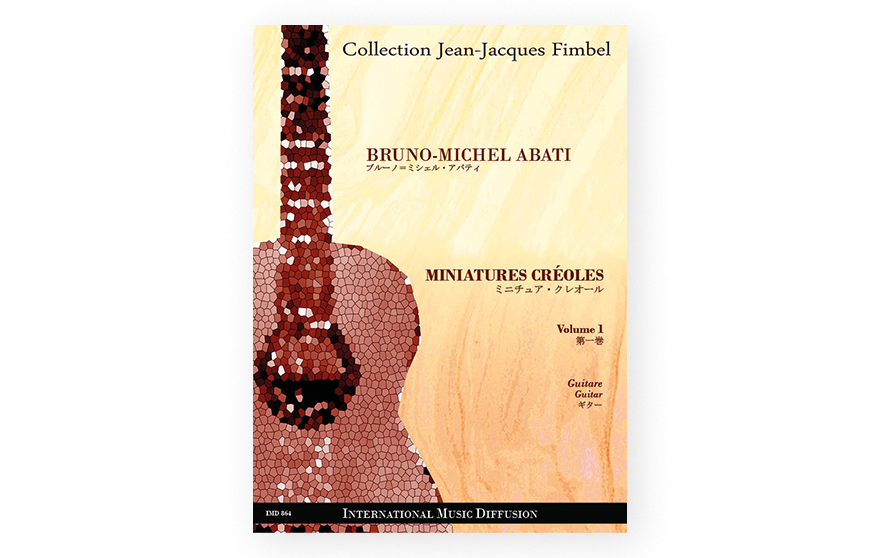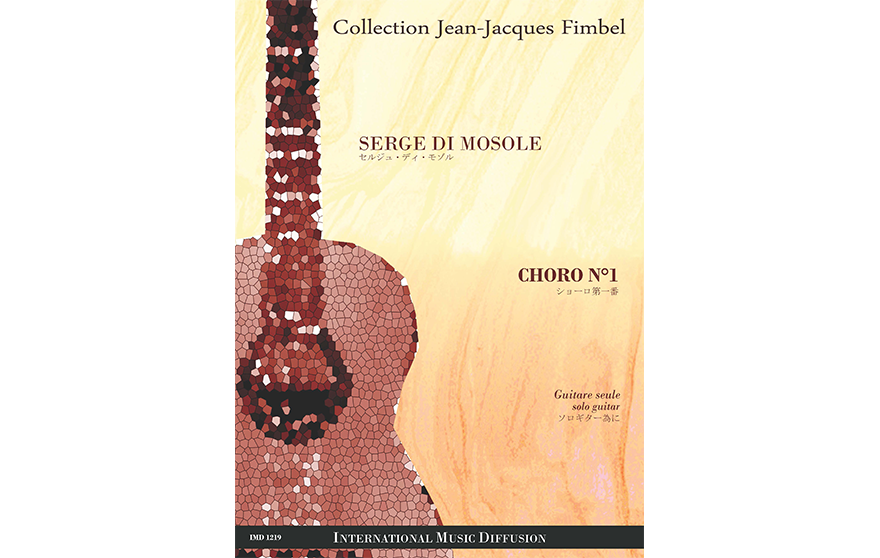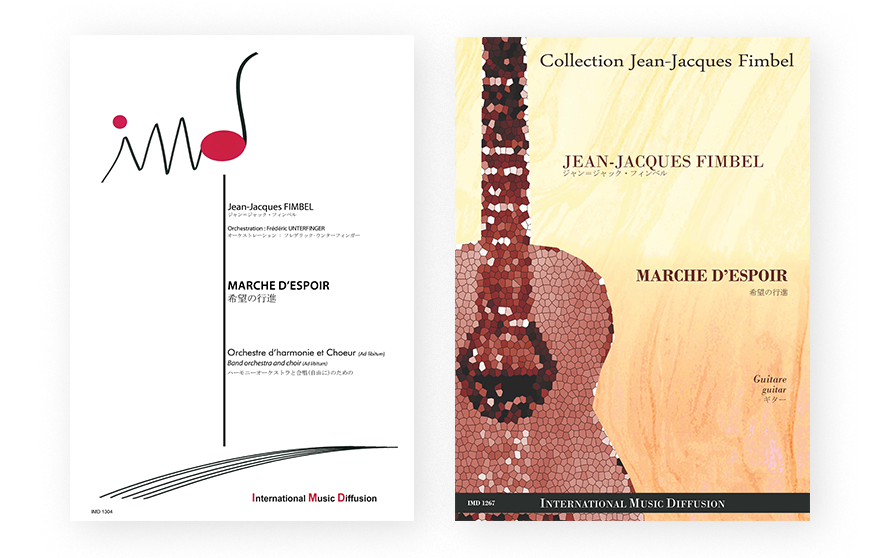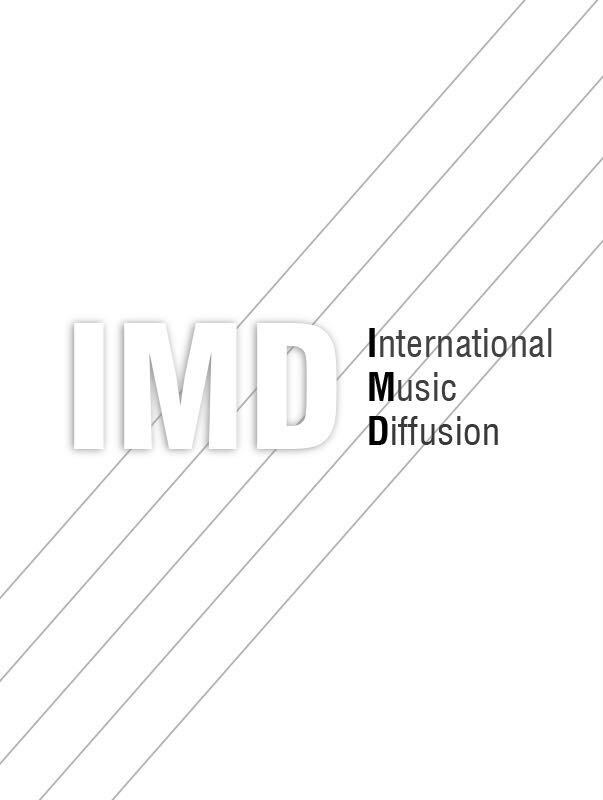1 – What is your background as a musician ?
I started guitar and writing classes at the National Conservatory of Colmar at the age of 13. I continued my career at the Bourg-la-Reine Conservatory with Antonio Membrado, then I joined Alberto Ponce's class at the Ecole Normale de Musique in Paris where I obtained the Performance Prizes guitar, music theory, analysis and deciphering. I finally follow a course in early music with Betho Davezac at the conservatory of Meudon.
Various works music have been published by François Dhalmann, Productions d'Oz and International Music Diffusion/ North America. I have composed ensemble music, solos, duets, chamber music, many educational pieces as well as arrangements and transcriptions. I have also composed pieces for harmony orchestras and Brassband.
Since 1979, I have given many guitar concerts as soloist, chamber music and with orchestra (France, Germany, Italy, Spain, Japan, Switzerland…)
2 – What are your inspirations and musical influences ?
My inspirations have been throughout my life the classical guitar repertoire through the interpretations of great guitarists: Antonio Membrado, Alberto Ponce, Roland Dyens, Alvaro Pierri, Roberto Aussel and more recently the younger generations with Pablo Marquez, Thibaut Garcia , the Melis duo and so many others…I was greatly influenced by the lutenists Paul O'Dette and Robert Barto but also by Jazz (Joe Pass, John McLaughlin and Django Reinhart) and flamenco (Paco de Lucia and Vicente Amigo).
Many composers have fueled my inspirations including JS Bach, Francesco Tarrega, Manuel Maria Ponce, Heitor Villa-lobos, Leo Brouwer, Joaquìn Rodrigo, Astor Piazzolla, Toru Takemitsu or Antonio Lauro.
3 - Can you show us your collection ?
My collection is music various both in terms of the type of music and the diversity of formations. You can find works of all levels, solo, chamber music and guitar ensemble. The guitar can rub shoulders with the saxophone, the flute, the oboe, the clarinet, the violin, the viola, the cello...
Experienced guitarists can find pieces ranging from baroque to contemporary music, creations, arrangements and transcriptionsUne grande partie de la collection est dédiée à des œuvres pédagogiques pour des élèves de 1er, 2ème et 3ème cycles. Tous les styles y sont abordés, du jazz au classique en passant par le flamenco et la guitare manouche.
4 – How do you choose the music publishing ?
I regularly contact some confirmed composers, because I appreciate their work (Frédéric Unterfinger, Pascal Jugy, Serge di Mosole, James Piorkowski, etc.), and I support the publishing process with them by humbly allowing myself to advise them on such or such fingerings or on possible shells always difficult to flush out! I also appreciate giving a chance to young composers who work in the shadows but don't have the chance to be published (Martin Ackermann, Laurent Raynaud, Federico Beilinson, David Lapotre...) and I share my experience with pleasure. musical.
5 – Que souhaitez-vous transmettre au travers de cette collection ?
Above all, I want to give pleasure to musicians, whether they are beginners or experienced. The pleasure lies in the discovery of a work and the discover of deciphering it. This is why I pay great attention to finding, with the composers, the best fingerings and the greatest playing of the musical writing. I offer original and innovative works such as "Sakura's day" by Frédéric Unterfinger, a wonderful piece for alto transverse flute and guitar, in a resolutely contemporary style, or new arrangements by Manuel Jose Vidigal, a Portuguese composer from the end of the 18th century.
I also want to offer an educational tool to guitar teachers in music schools and conservatories. This is why I encourage the composers of the collection to compose collections of pieces by cycle level. This is the case of Pascal Jugy who composed especially for the collection, a collection of six pieces for the 1st cycle and another for the 2nd cycle. Others will follow which will provide access, through this collection, to a musical source which will enrich the heritage of the guitar in all its forms.




